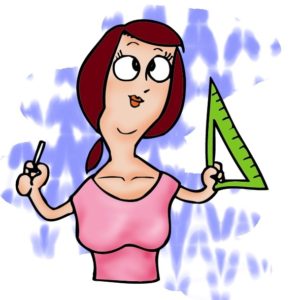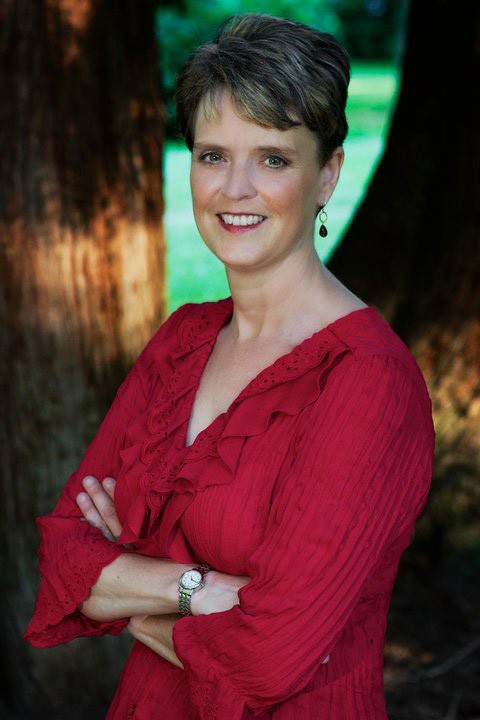Ever wondered about outlining a novel? And what does that have to do with math?
When I was struggling with math in high school, I decided it was no big deal because I was going to be an author, and why would an author n eed math?!
eed math?!
Ha! Big mistake. Let me tell you all the ways. Yes, you can use Word to do word-counts as you write, but there are book advances and royalties, and all the types of research for plotting that requires some kind of calculation.
And then there’s the manuscript planning itself. Let me walk you through that.
Outlining a Novel: Step 1
Let’s say I’m aiming at a 50,000-word manuscript because that’s what novels run in my genre and targeted age group. And let’s say I tend to write chapters of just under 2,000 words each (and/or most of the manuscripts in my genre and target age-group do similarly). So, I’m looking at 25 chapters of 1900 words each.
Outlining a Novel: Step 2
I then divide these 25 chapters into “Act I,” “Act II” and “Act III.” And, from experience and from dissecting/analyzing/explicating other novels in my genre and target age-group, I know that Act I consists of 20% of the novel (that’s 10,000 words or 5 chapters). Act II divides itself into parts 1,2 and 3. And that’s 20%, 15% and 20% respectively (or 5, 4 and 5 chapters). And Act III is 20%, or 10,000 words, or five chapters.
Act I, by the way, introduces the characters, sets up the problem, reveals the antagonist (or his/her proxy) by the end of Chapter 2, offers some progressive complications and ends as things look hopeful.
Act IIa offers more progressive complications, but holds back the biggies. In Act IIb, tension continues building and then circumstances barely miss a resolution, after which someone does something that commits them; it’s called the point of no return. Act IIIc is often the most fun to write because the stakes don’t just go higher; they go through the roof. Everything falls apart and builds to the crisis, or darkest moment, which is going to trigger the climax. And Act III features the climax, where the antagonist and protagonist do a face-off that only once can win. Then there’s the wind-up, or resolution and sense of closure, which I often do in two chapters or less.
Whew! Who knew all that involved math? But, as I’ve learned while writing a bunch of books, doing the math keeps you on a path. So don’t zone out on it in high school like I did. Even my fellow math-challenged can cope with the math a writer needs if they’re determined.
As for where I got these tips and what books I recommend for plotting fiction: The best book I’ve found is The Writer’s Journey by Christopher Vogler.
The best CD/DVD I’ve found is The Hero’s Two Journeys by Michael Hauge and Chris Vogler.
There’s also Writing the Breakout Novel by Donald Maas
The Novel Writer’s Toolkit by Bob Mayer
And The Weekend Novelist by Robert J. Ray

